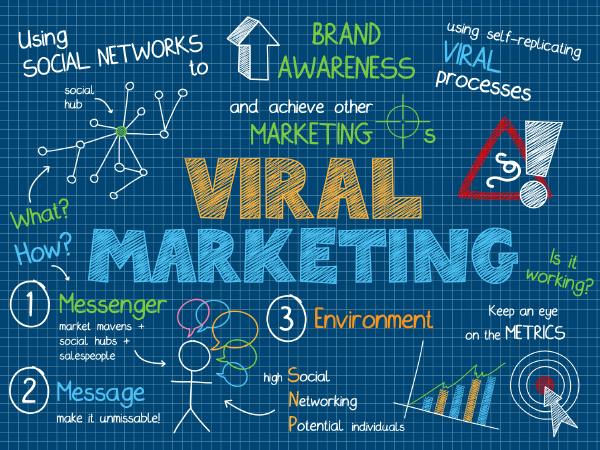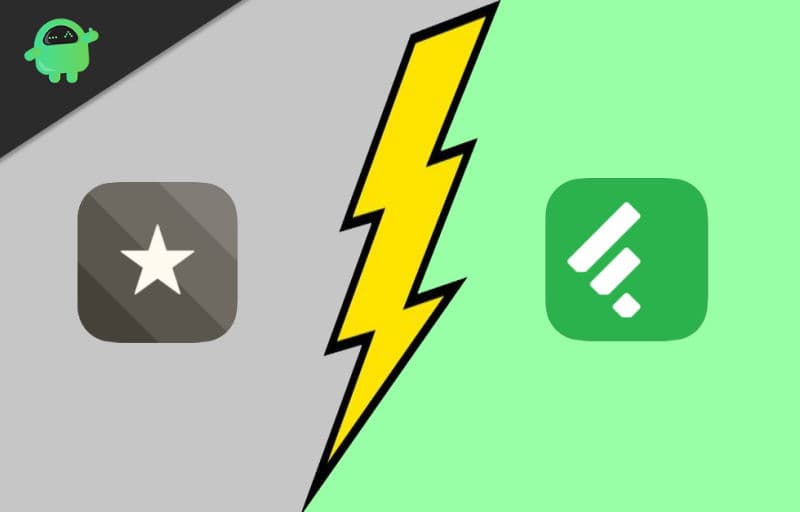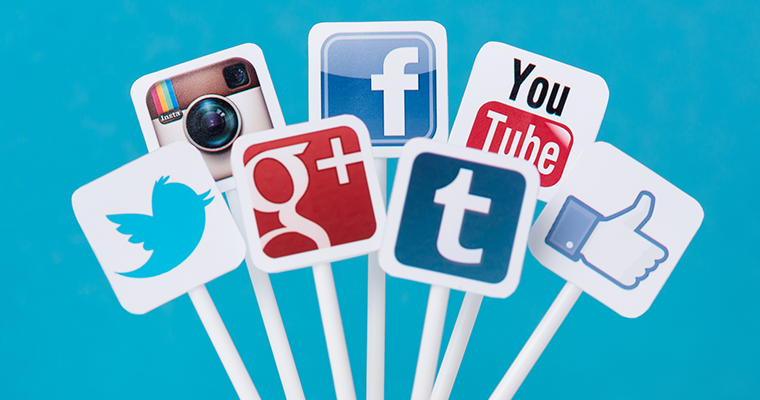
The visual content used in marketing campaigns can be in the form of pictures, videos, infographics, screenshots and illustrations. While photos are the most popular visual content, you can also use other types of visual content. Your videos will either entertain or educate your target audience depending on what they are looking for. You will get the desired results regardless of whether you use video or photos. Below are some of the most common visual content types. Try different video formats to discover which ones are most effective for your business.
Video
Despite the rise of content marketing through various mediums, few media formats have the power to captivate audiences like video does. You can use video to market your company's culture and values, or as a marketing tool to share with clients. A study has shown that 92% people will view video testimonials before purchasing. Video testimonials can attract more attention as well as help to establish your company’s unique differentiation.
Video has the potential to break down language barriers and reach a broader audience. Around 75% of internet users worldwide were not located in the top 20 countries. Only 13% of them were in North America. When compared to text-based content, video can break down language barriers and help digital marketers reach a worldwide audience. This allows your target audiences to better understand your message. Videos are engaging in a way that is unlike any other.
Infographics
Visual content can range from images to charts and illustrations. Infographics can be a great way for audiences to understand complex topics. Because they are visually appealing, people share and like them more often than text alone. Among other benefits, infographics are easier to read, make complex topics simple, and help readers better understand the content. Many brands have turned to infographics to reach their target audiences.

Infographics require more than just visual content. They also need to be thoroughly researched and analysed. Inadequate information will make your infographic boring and not attractive to the right audience. You can conduct research using polls to get more precise data. SproutSocial has the answer for you if your doubts persist. Its user-friendly interface makes it easy for you to publish your infographic. It's also possible to use a third-party platform to distribute your infographic if you don’t want to spend the time.
Screenshots
The importance of screenshots for visual content cannot be understated. These images can be helpful reference material, a new age artifact, and can be shared and viewed by other users of the same digital environment. Hence, the screenshot is a vital visual tool for both creators and consumers. But, screenshotting is a problem because it is subject to legal restrictions. Here are some tips on how to properly use screenshots.
The screenshot is a visual medium. It's likely veracious and was created in a digital context that generates large amounts of data. It tells a story on our relationship with screens. Screenshots depict the diverse values and functions of what we do in a screen environment. The screenshot's frame along with its visible or invisible elements, shows how we relate in digital environments. Furthermore, screenshots can be extremely useful for explaining complex concepts.
Illustrations
Illustrations are one of the best ways to get users' attention and take action. Illustrations are a great way to add personality and brand identity to your website. They also enhance the storytelling aspect. They also help convey a concept or idea in a way that other visual content cannot. To help users associate illustrations with a brand, it is important to keep them consistent. These are some ways to use illustrations in your website.

Images can evoke emotions of quality, nostalgia, and consistency. Illustrations can be used to reinforce continuity and help people remember certain visual images. Additionally, illustrations can be tailored to your brand message. Illustrations can appear anywhere on the website. They can be used from product packaging to product information pages. You can also use them on marketing collateral and print materials. This gives you freedom to communicate your message with your creativity.
FAQ
How do I get started in Content Marketing?
Start by identifying your audience. Who are they? Which are their needs What can you do to help them? Knowing who you are writing for will help you decide where to put your efforts.
What are the different content strategies available?
Content strategy refers to all aspects that relate to how you create and manage digital content. It's not just what you publish on social media sites such as Facebook and Twitter but also what you choose to highlight on your website, blog, and other online properties.
Content strategy is important because it defines how you decide where you focus your time and effort, which content types you should use, and what type of messages you send to your audiences.
Understanding the role of content in the overall business goals is crucial to help you realize them.
What length should my content marketing campaign last?
This will vary depending on industry and the type of product/service offered.
For example, if you sell shoes, you might spend one month designing a new shoe style. For example, you might launch this new product in August and continue to update it throughout the year.
If you are selling clothing, one look might be for spring and one for fall. It is your goal to offer new and exciting products so that your audience never gets bored.
Your goals will dictate how long your content marketing strategy lasts. Small-scale businesses may only require one channel. To reach large audiences, larger companies might need to consider several channels.
Statistics
- Out of the 1,500 marketers we surveyed for our State of Content Marketing report, 78% who felt their content marketing strategy was exceptionally effective in 2021 had documented their strategy. (semrush.com)
- Measure your goals with a progress indicator of 0-100%. Make your goals collaborative and transparent (semrush.com)
- Seventy-two percent business to business (B2B) (mailchimp.com)
- Progress indicators (0–100%) allow each team member to see how attainable each goal is and understand what remains to be accomplished. (semrush.com)
- This marketing strategy landed Ford a 15.4% conversion rate. (neilpatel.com)
- Content marketing produces 3X more leads per dollar spent. Content marketing costs 62% less than traditional marketing. (criteo.com)
- We found that 40% of businesses don't have a documented strategy yet. (semrush.com)
- According to research compiled by Coschedule: Companies that publish 16+ blog posts a month get as much as 3.5x as much traffic as those that publish 0-4 posts a month. (criteo.com)
External Links
How To
Informationgraphic creation tips to help with content marketing
Infographics can be a great way to simplify complex concepts and make it easy to understand. You should use infographics to spread the message about content marketing.
To create an infographic using design software such Adobe Illustrator, Photoshop or other similar programs, you will need Adobe Illustrator. You can use these programs to draw out different shapes and elements to represent your data, then add colors and fonts to make everything look nice. After your design is complete, you can upload images from Unsplash and Pixabay to your design.
You can find inspiration for your own ideas by looking at existing infographics online. You could use a photo of a food pyramid to show the calories in particular foods. Then, replace those numbers with photos of the foods. You might also want to calculate how many calories are in soda pop. This can be done by taking a picture with a bottle of Coke.
Once you've designed your infographic, you can share it through social media channels like Facebook and Twitter. This makes it easy for people unfamiliar with the concept to learn. Use hashtags to let others know what infographic you are sharing on social media. You can use hashtags to allow others to follow your conversations about specific topics.
You can make infographics shorter if your posts are short. An average blog post can range from 2000 to 5000 word, while an informationgraphic needs only 500 to 1000 words. This allows you to convey more information in a smaller space.
Make sure you consider that your infographic will be difficult to read by some viewers. It is important to use large fonts and avoid relying too heavily on colors when designing your infographic. Also, ensure all text is legible.
Here are some other tips.
-
Choose an Infographic Design Template. There are many online templates that you can download or print. Canva (Piktochart) and Google Slides (Google Slides) are some of the most requested templates.
-
Make your Infographic. Create your infographic using the template. You can use whatever media is most appropriate for your audience. If you want to create an infographic on the best places for food in Seattle, for example, you might use photos from local restaurants.
-
Add Text. Add text once your infographic is created.
-
Add Images. Your infographic can also include images. You can add images to your infographic. If you wish to include a picture, ensure it is relevant.
-
Make It Interactive. You can also add interactive elements such buttons, maps, links, and other features. This will make it easier for your audience to interact with you.
-
Share. Share your infographic with others on social media such as Facebook, Twitter and LinkedIn.
-
Measure. How well did your infographic perform? Are people clicking through to your website or not? Are they signing up for your email newsletter? Was your infographic received well by them?
-
Improve. Do you have any suggestions for improving your infographics? Do you think your infographic could be better?
-
Repeat. Repeat.